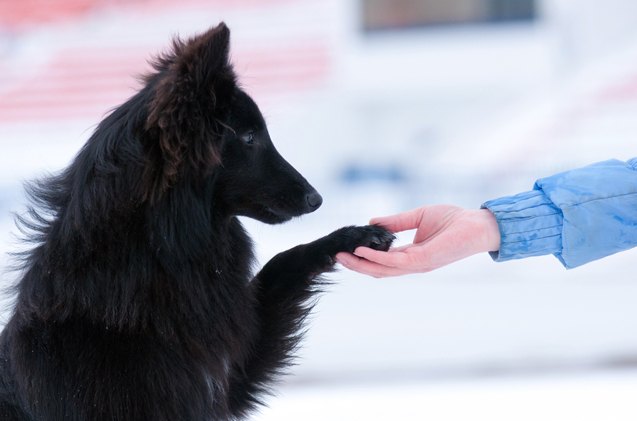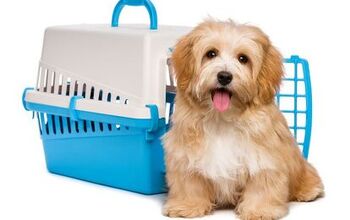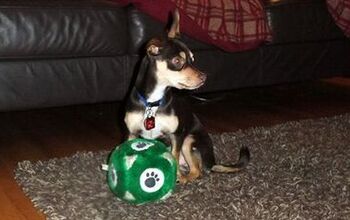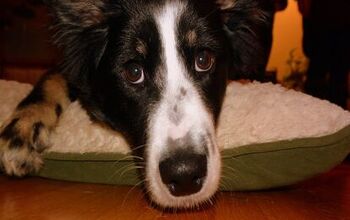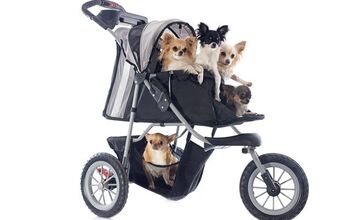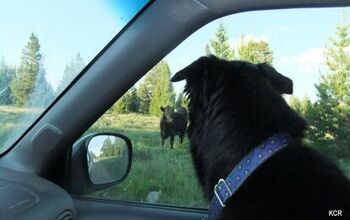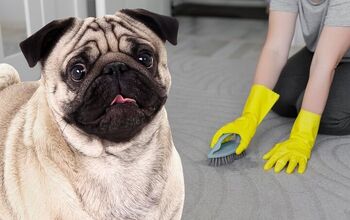Basic Dog Training Tips

We know that is sounds like a lot of hard work, but training should be fun. And that’s why we put together some basic dog training tips. When you’re just starting out, there are a few important things you should keep in mind before you start dog training. Here are a few tips you can use when training your dog the basics:
- Keep lots of treats on-hand to use as a motivator to train your dog. This can be food or toys – whatever you find works best. After every trick is performed to satisfaction, reward your dog with a treat and praise.
- Before beginning a training session, make sure the dog is properly warmed up. This is more important in agility than in obedience. You can injure your dog if you begin sequences or a course without warming the dog up first.
- Hey, mistakes happen, and more often than not, it’s your fault, not the dog’s. They happen to trainers of all skill levels, so don’t beat yourself up over them. If you get mad at yourself, your dog will pick up on it. Just laugh it off and let your dog think that what it did was correct. If your dog you’re mad, even if it is at yourself, it may shut down.
- If your dog makes a mistake, you should say something like “Uh oh” or “Oops” in a light tone of voice to gently let it know it wasn’t right. Keep negatives or corrections out of your training practice. There are exceptions to this rule, which include:
- If your dog is aggressive toward another dog or handler
- It doesn’t come when call
- It sniffs on the course
- Obvious disobedience (this should not be mistaken for confusion)
- Training sessions should be kept short and should end on a positive note. Even if you are practicing something hard, always end with an easy task you know the dog will accomplish.
There are a few important things you should keep in mind before you start dog training.
- The key to training is consistency. Your body signals should stay the same, as it lets your dog what you want it to do next.
- When training for agility competition, you should name every obstacle. That way, your dog will learn each obstacle and it will be able to locate it on a course.
- A slip or pinch collar can be useful, but not when it comes to dog training. These collars can get caught on a contact obstacle (agility training), and may result in strangling the dog.
- Always be careful when training on a leash. When training your dog for agility competitions, the leash could get caught on contact obstacles. For jump sequences, your dog should jump at a height lower than it would usually jump.
- Training should be fun for both you and the dog. If you’re not having fun, stop for the day.
Training is a great way for you to bond with you dog, to teach discipline, to exert your role as pack leader and to burn off some excess energy. As well, it’s an important part of your dog’s mental stimulation, so be sure to schedule a few dog training sessions a week. Alternatively, you can sign up for dog training classes, which will teach both you and your dog a few new tricks.
Do you have your own basic dog training tips you’d like to share? We’d love to hear them. Please leave your dog training tips in the comment section below.

Amy Tokic, Editor of PetGuide.com, is a passionate animal lover and proud pet parent of Oscar, a Shih Tzu/Chihuahua cross, and Zed, a Japanese Chin. Her love of animals began in kindergarten, when she brought her stuffed dog Snoopy into class with her every day. Now, she writes about her adventures in pet ownership and tirelessly researches products, news and health related issues she can share with other animal enthusiasts. In her free time, Amy loves perusing used book and record stores, obsessing over the latest pet products available and chasing squirrels with wild abandon (a habit attributed to spending too much time with her pooches).
More by Amy Tokic



